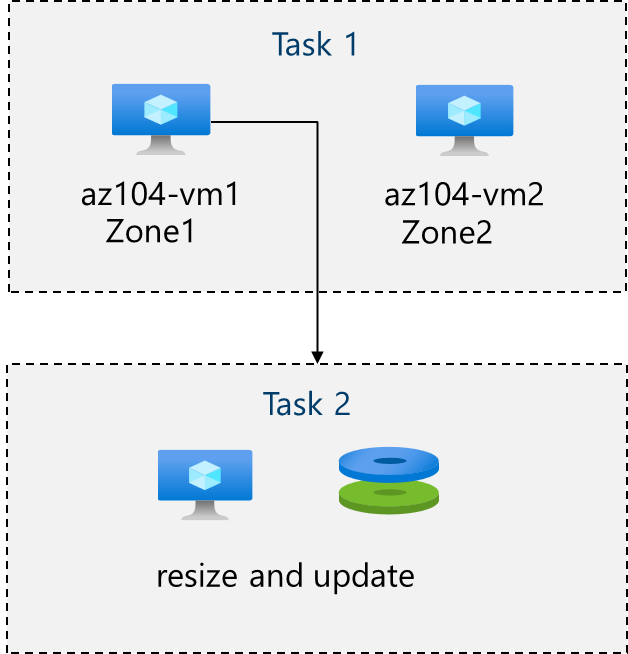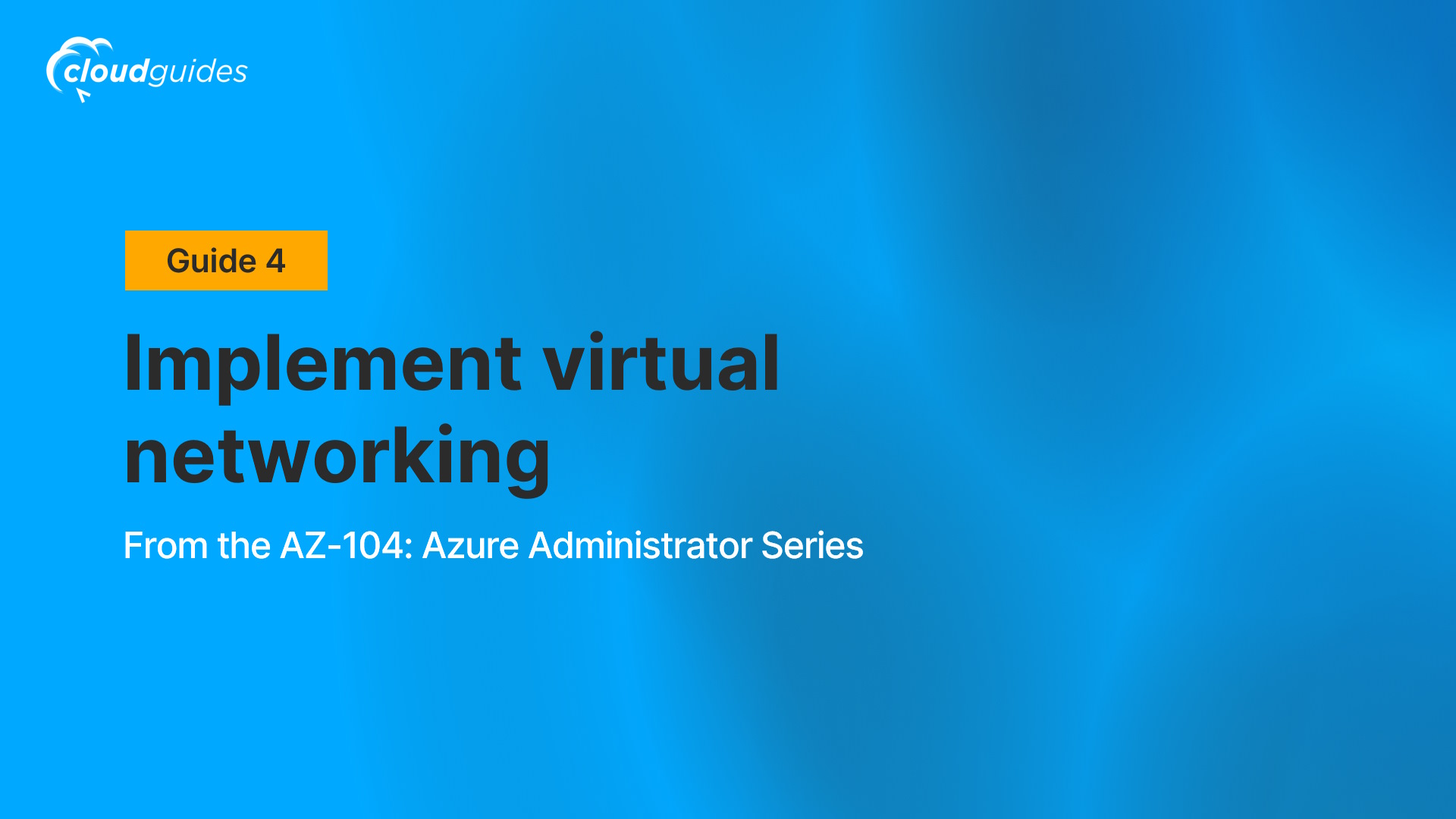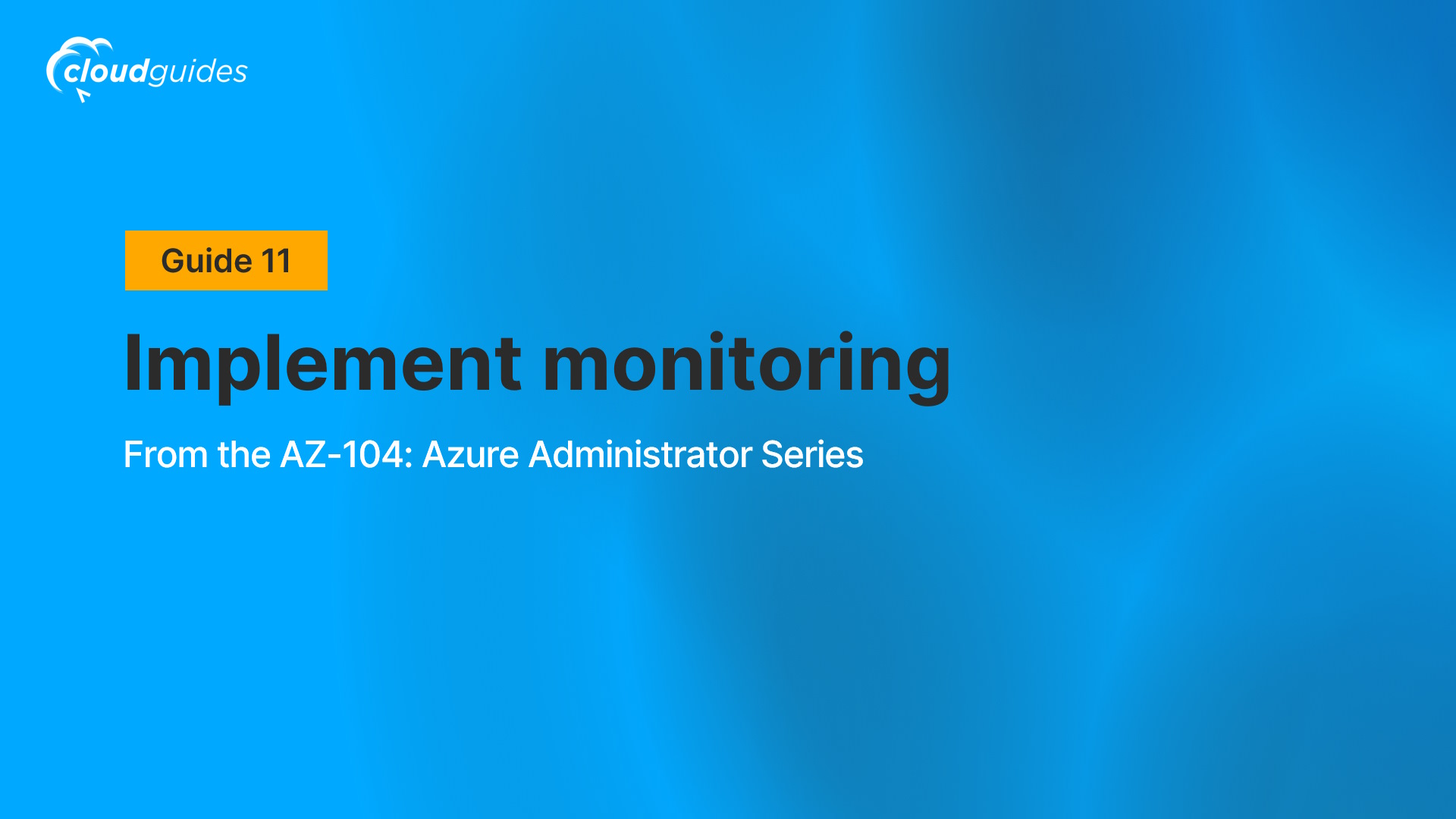
Manage virtual machines
About this guide
Scenario
Your organization wants to explore deploying and configuring Azure virtual machines. First, you implement an Azure virtual machine with manual scaling. Next, you implement a Virtual Machine Scale Set and explore autoscaling.
Job Skills
Task 1: Deploy zone-resilient Azure virtual machines by using the Azure portal
Task 2: Manage compute and storage scaling for virtual machines
Task 3: Create and configure Azure Virtual Machine Scale Sets
Task 4: Scale Azure Virtual Machine Scale Sets
As organizations around the world migrate solutions to the cloud, the ability to implement, manage, and monitor cloud-based solutions is highly valued in numerous industries.
Architecture Diagram
Key Takeaways:
- Azure virtual machines are on-demand, scalable computing resources.
- Azure virtual machines provide both vertical and horizontal scaling options.
- Configuring Azure virtual machines includes choosing an operating system, size, storage and networking settings.
- Azure Virtual Machine Scale Sets let you create and manage a group of load balanced VMs.
- The virtual machines in a Virtual Machine Scale Set are created from the same image and configuration.
- In a Virtual Machine Scale Set the number of VM instances can automatically increase or decrease in response to demand or a defined schedule.
Career Connections
With the increasing demand for expertise in cloud-based administration, professionals with the skills from this series can pursue job prospects in roles such as Azure Administrator, Cloud Engineer, Systems Administrator (Cloud Focus), DevOps Engineer, and Cloud Support Engineer.
As of 2025, average cloud-related salaries in the United States range from $68,215 for entry-level Azure Administrators to $130,000 for mid-career DevOps Engineers, with Cloud Engineers, Systems Administrators, and Cloud Support Engineers earning competitive pay based on experience and role demands. Please note that these figures are approximate, derived from online sources, and can vary based on factors such as location, industry, and company size.













